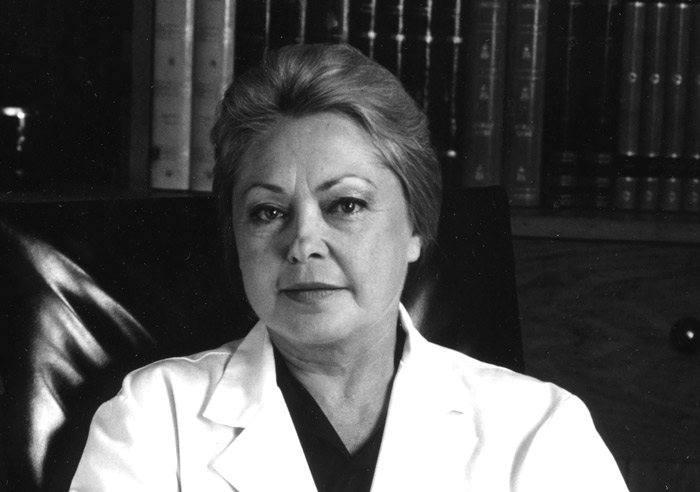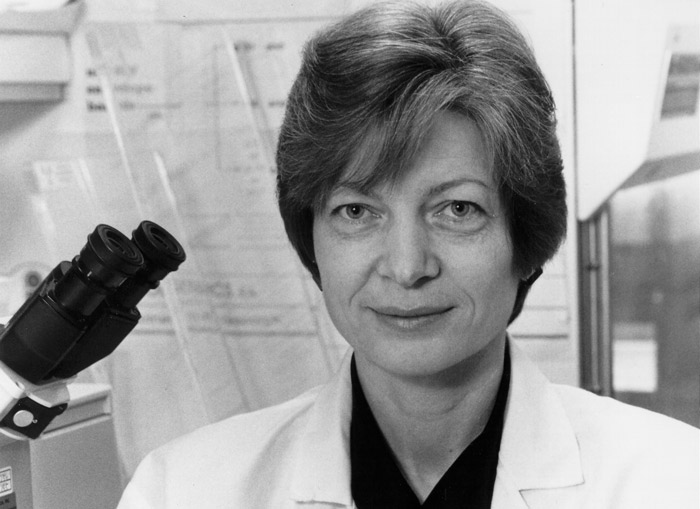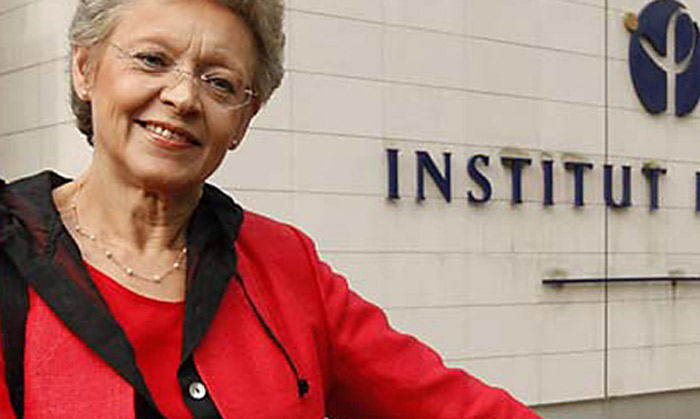Women Making AIDS History
Female scientists continue to shape the future of HIV research
March is Women’s History Month, an annual celebration of women’s contributions to history, culture, and society. It’s an opportunity to acknowledge and applaud the extraordinary contributions women have made to HIV/AIDS biomedical research since the early days of the pandemic.

An article such as this naturally begins with Dr. Mathilde Krim, who with a small group of like-minded activists founded the New York City-based AIDS Medical Foundation (AMF) in 1983—the world’s first nonprofit organization dedicated to supporting research on HIV/AIDS.
Elizabeth Taylor joined the fray early on, too, quickly becoming one of the most vocal, visible, and influential advocates for people living with HIV—and dying of AIDS. Her National AIDS Research Foundation joined forces with AMF to create amfAR in 1985.
Other names may be less familiar. Virologist and molecular biologist Dr. Flossie Wong-Staal became the first scientist to clone and sequence a pathogenic human retrovirus and later HIV itself, allowing her and her team to map out the different parts of HIV and their functions, among other stunning breakthroughs.
Dr. Linda Laubenstein conducted early research on an AIDS-defining opportunistic infection, Kaposi’s sarcoma. And organic chemist Dr. Janet Rideout, tapped at Burroughs Wellcome to lead a team to select and test the efficacy of chemical compounds against HIV, was one of the scientists who discovered that AZT could be used to treat HIV.

In 1988, Dr. Ruth Ruprecht used her amfAR grant to test whether AZT could prevent mother-to-infant transmission of an HIV-like virus in monkeys, research that helped make possible a 1994 NIH-funded trial that demonstrated that AZT could reduce the risk of mother-to-infant HIV transmission in humans.
In 1986, amfAR awarded a grant to Dr. Nancy Chang to study an HIV enzyme called protease. Dr. Chang’s early studies of the protease enzyme helped spur the development of a powerful new class of anti-HIV drugs—protease inhibitors.
Another antiretroviral drug class—integrase inhibitors—was conceived and developed by Dr. Daria Hazuda, a scientist at Merck and former member of amfAR’s Program Advisory Council. The first integrase inhibitor, raltegravir, was approved by the FDA in 2007.

More famously, Dr. Françoise Barré-Sinoussi, of the Pasteur Institute in France, was awarded the Nobel Prize for her work, along with Dr. Luc Montagnier and others, on isolating a new retrovirus, later to be named HIV, from a patient with AIDS.
The HIV cure research leaders of today include amfAR grantee Prof. Sharon Lewin, director of the Peter Doherty Institute for Infection and Immunity in Melbourne, Australia. Prof. Lewin is president of the international AIDS Society and chairs the advisory board of the IAS’s Towards an HIV Cure initiative.

The future of HIV cure research could well be shaped by the work of Drs. Jennifer Doudna and Emmanuelle Charpentier, who shared the Nobel Prize for developing the revolutionary gene-editing tool known as CRISPR-Cas9. Numerous amfAR grantees are deploying this powerful technology in their efforts to develop a cure.
“When the history of AIDS research is written, it will be replete with the accomplishments of female scientists who have been instrumental in advancing treatment, prevention, and progress towards a cure,” said Dr. Rowena Johnston, amfAR VP and director of research. “We salute them all.”
Share This:
